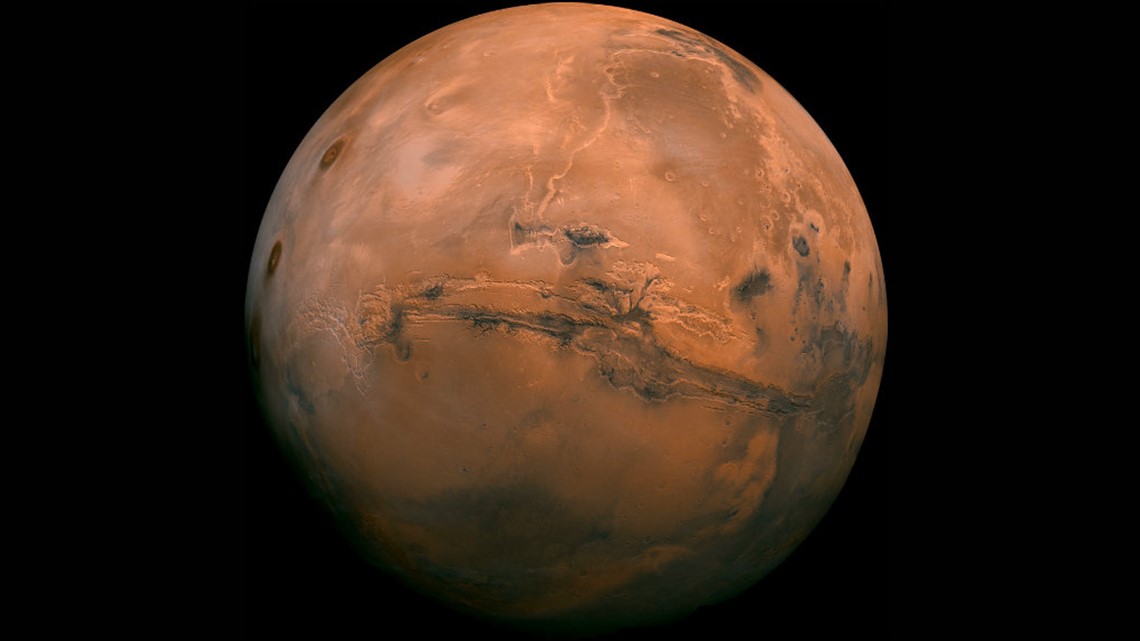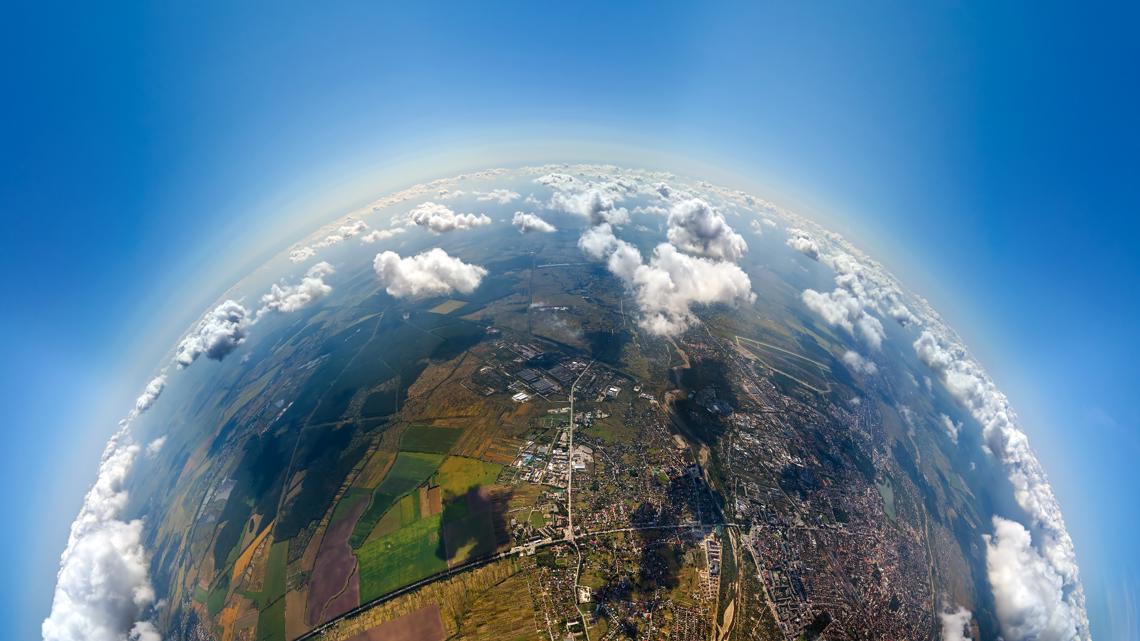SAN ANTONIO —
Pregnancy and developmental delays in children
New research is showing women who sleep less during pregnancy are more at risk of having children that will grow up with neurodevelopmental delays.
This research comes from the Endocrine Society’s Journal of Clinical Endocrinology & Metabolism and focuses on women dealing with short sleep duration (SSD), which defines people as getting less than seven hours of sleep at night.
According to research, 40% of pregnant women deal with SSD. This means the women might have a higher risk of insulin resistance, gestational diabetes, impaired glucose tolerance and their children may be at higher risk of experiencing neurodevelopmental delays.
The study goes on to say these children are slower to develop their social, emotional, behavioral, motor, cognitive or speech skills.
“This study highlights the necessity of managing sleep health during pregnancy. By shedding light on the connection between maternal sleep during pregnancy and children's neurodevelopment, our study empowers families with knowledge that can shape healthier pregnancy habits and contribute to the well-being of the next generation,” said lead study author Peng Zhu, M.D., of Anhui Medical University and the MOE Key Laboratory of Population Health Across Life Cycle in Hefei, China. “Improving sleep habits during pregnancy may prevent or reduce the risk of neurodevelopmental issues in children.”
You can read more on this study here.


An atmosphere being discovered on Mars
The atmosphere researchers have been looking for on Mars could be hiding in plain sight.
Two MIT geologists propose the once existing atmosphere is now locked in the red clay that lays on the surface of the planet.
The report says the team makes the case that, while water was present on Mars, the liquid could have trickled through certain rock types and set off a slow chain of reactions that progressively drew carbon dioxide out of the atmosphere and converted it into methane — a form of carbon that could be stored for eons in the planet’s clay surface.
Scientists were able to test this out on earth, as there are similar processes in some regions.
It’s possible that this sequestered Martian carbon could one day be recovered and converted into propellant to fuel future missions between Mars and Earth, the researchers propose.
“Based on our findings on Earth, we show that similar processes likely operated on Mars, and that copious amounts of atmospheric CO2 could have transformed to methane and been sequestered in clays,” says study author Oliver Jagoutz, professor of geology in MIT’s Department of Earth, Atmospheric and Planetary Sciences (EAPS).


The future of earth seen within our galaxy
We can see 8-billion years into the future, and we're able to do so by looking within our own galaxy.
University of California, Berkeley astronomers found an Earth-like planet 4,000 light years away in the Milky Way galaxy and they believe it gives a preview of one possible fate for our planet billions of years in the future.
The found a distant planetary system that is like when the sun has turned into a white dwarf, and a blasted and frozen Earth has migrated beyond the orbit of Mars.
It looks very similar to expectations for the sun-Earth system: it consists of a white dwarf about half the mass of the sun and an Earth-size companion in an orbit twice as large as Earth’s today.
The research says that is likely to be Earth’s fate. The sun will eventually inflate like a balloon larger than Earth’s orbit today, engulfing Mercury and Venus in the process.
As the star expands to become a red giant, its decreasing mass will force planets to migrate to more distant orbits, offering Earth a slim opportunity to survive farther from the sun. Eventually, the outer layers of the red giant will be blown away to leave behind a dense white dwarf no larger than a planet, but with the mass of a star. If Earth has survived by then, it will probably end up in an orbit twice its current size.



